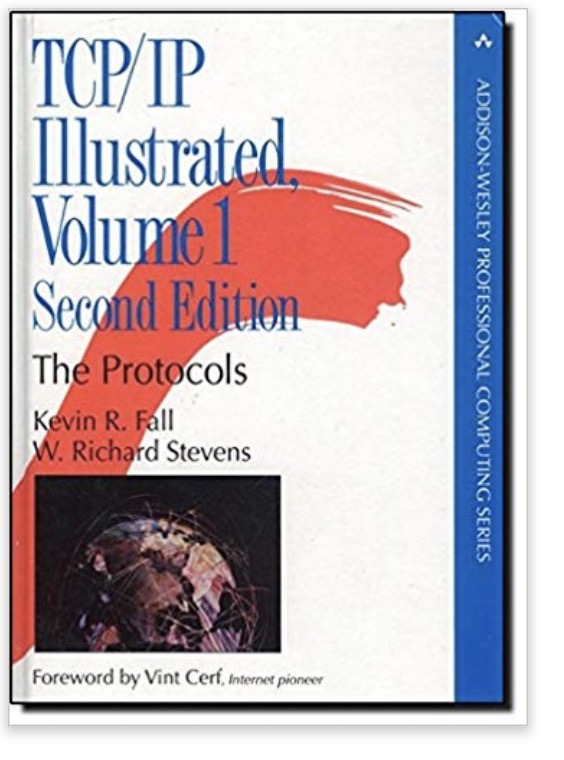Recent Posts
Industrial Ethernet Guide - TCP/IP Protocol Positions Within OSI Reference Model
Posted by on
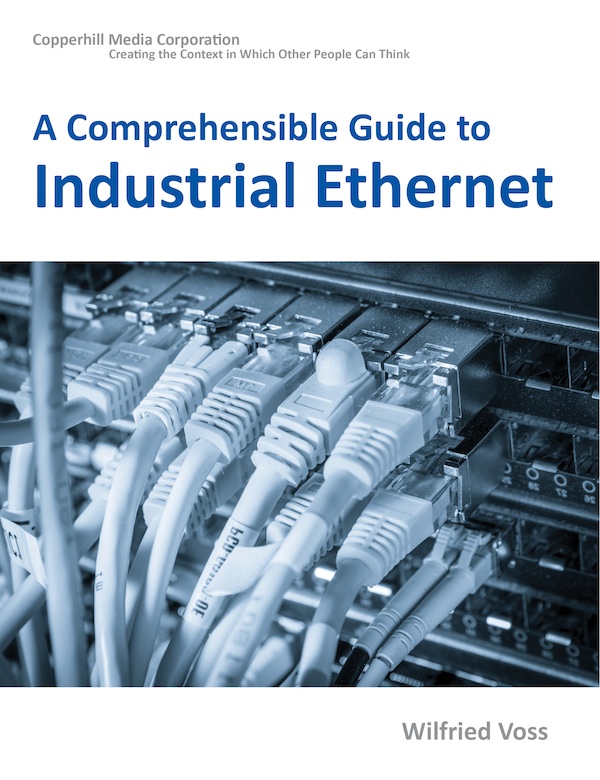
The following is part of A Comprehensible Guide to Industrial Ethernet by Wilfried Voss.
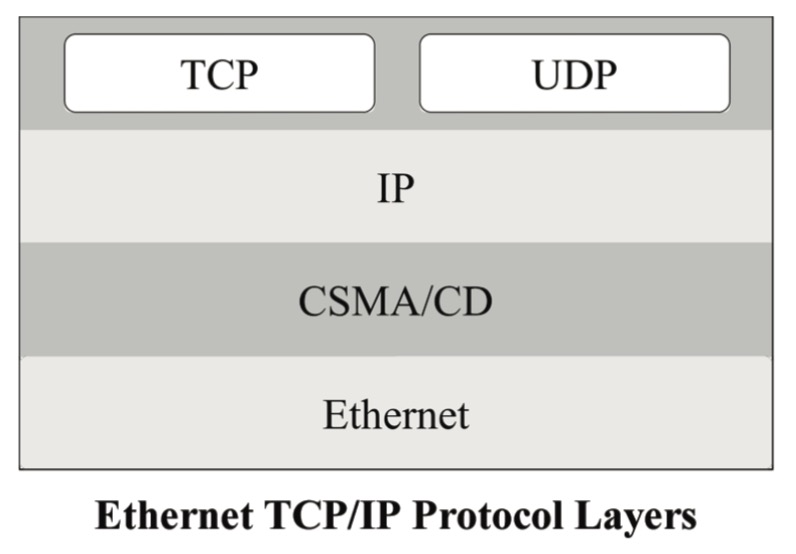
The TCP/IP layer model follows the OSI 7-Layer Reference Model to a certain degree as demonstrated in the image documenting the Ethernet TCP/IP protocol layers. The similarities to the OSI model are apparent.
However, they do have their subtle differences. After all, OSI is a theoretical model that was designed as a reference tool. The most apparent difference is the number of layers. TCP/IP is a four-layered structure, while OSI is a seven-layered model.
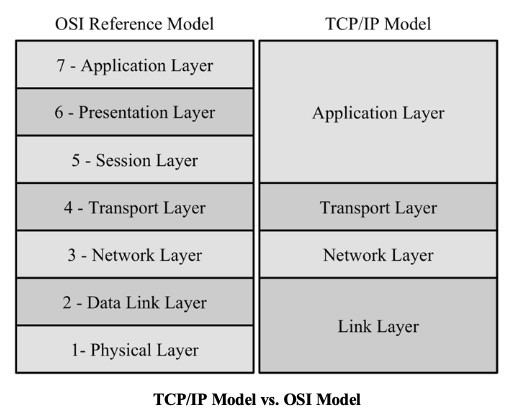
Ethernet (incl. CSMA/CD) resides in the Link Layer, as do some implementations of other traditional fieldbuses such as Controller Area Network (CAN) protocol.
Note: There are loose interpretations in various technical publications referring to Ethernet’s position in the OSI model (i.e., whether it belongs to Layer 2 - Data Link Layer or Layer 1 - Physical Layer). Ethernet is, in its most real sense, hardware and thus should be assigned to the physical layer. CSMA/CD, in turn, should be assigned to the Data Link Layer, since it controls the flow of messages. Nevertheless, a reference to the TCP/IP Link Layer would be unequivocal.
The Network Layer takes care of the logical addressing and routing. Its most common implementation uses the Internet Protocol (IP), which is the core of World Wide Web addressing and routing.
The Transport Layer ensures that data is delivered error-free and in the correct sequence.
The upper layers of the OSI reference model are responsible for application tasks and are usually implemented only in software. The highest layer, the application layer, is closest to the end user.
Ethernet TCP/IP is, naturally, broader than the traditional Ethernet technology. While Ethernet refers only to Layers 1 and 2 in the OSI Model, Ethernet TCP/IP also encompass Layers 3 and 4, using IP addressing in Layer 3, and Transmission Control Protocol (TCP) and User Datagram Protocol (UDP) in Layer 4, in what is referred to as the IP suite.
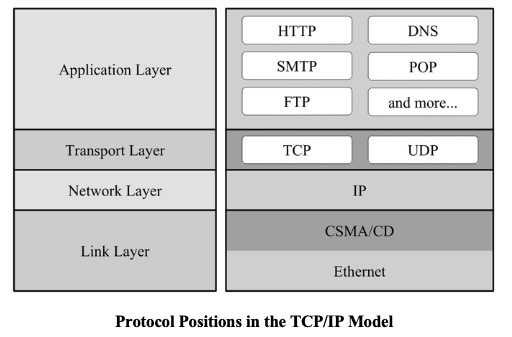
Note: There are a notable number of additional protocols that can reside within the application layer of the TCP/IP Model such as – to name the most popular – HTTP, HTTPS, SSL, SMTP, MIME, IMAP, POP, FTP, SNMP, and more. While the various Industrial Ethernet technologies provide support for these protocols in one way or the other, they will only be mentioned in passing, since they are not crucial components of Industrial Ethernet.
TCP/IP Illustrated, Volume 1: The Protocols
TCP/IP Illustrated, Volume 1, Second Edition, is a detailed and visual guide to today’s TCP/IP protocol suite. Fully updated for the newest innovations, it demonstrates each protocol in action through realistic examples from modern Linux, Windows, and Mac OS environments. There’s no better way to discover why TCP/IP works as it does, how it reacts to standard conditions, and how to apply it in your applications and networks.
Building on the late W. Richard Stevens’ classic first edition, author Kevin R. Fall adds his cutting-edge experience as a leader in TCP/IP protocol research, updating the book to reflect the latest protocols and best practices fully. He first introduces TCP/IP’s core goals and architectural concepts, showing how they can robustly connect diverse networks and support multiple services running concurrently. Next, he carefully explains Internet addressing in both IPv4 and IPv6 networks. Then, he walks through TCP/IP’s structure and function from the bottom up: from link layer protocols–such as Ethernet and Wi-Fi–through the network, transport, and application layers.
 Loading... Please wait...
Loading... Please wait...

